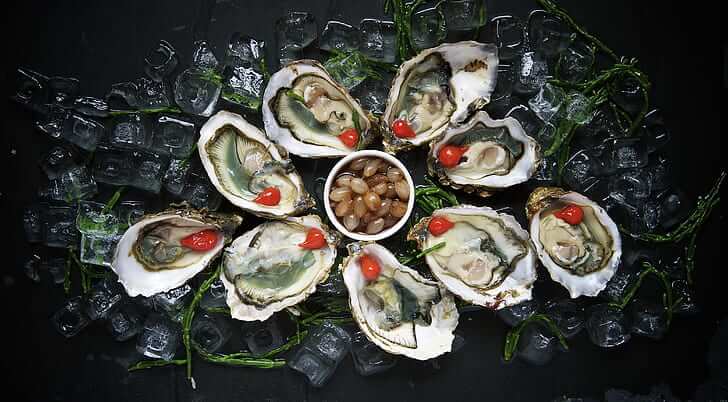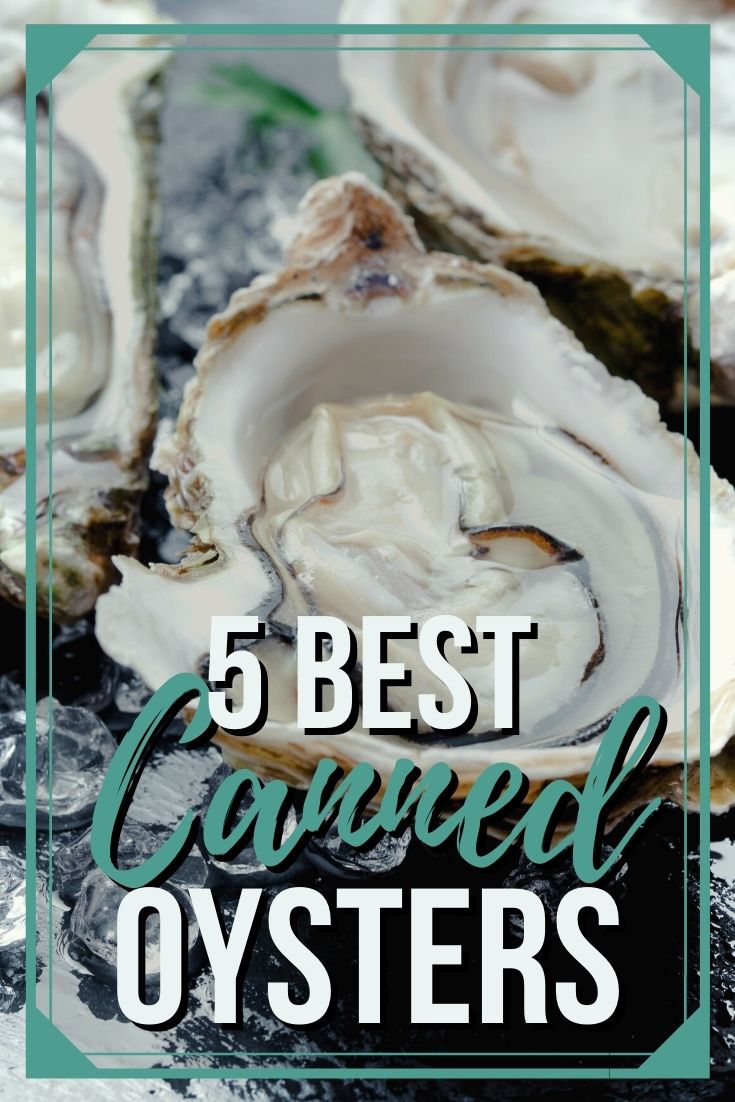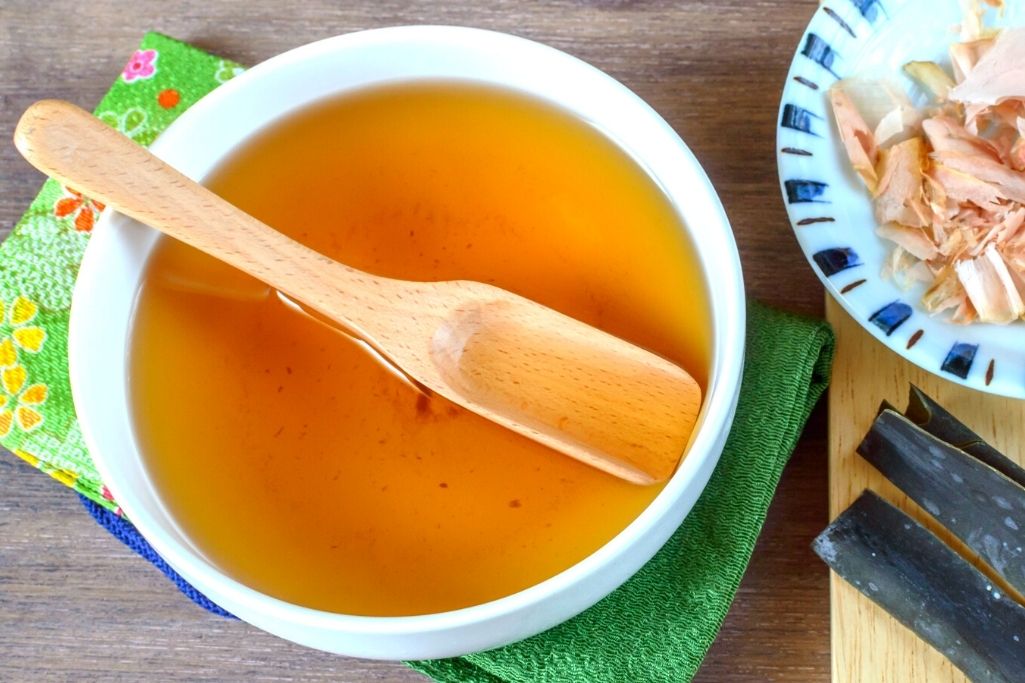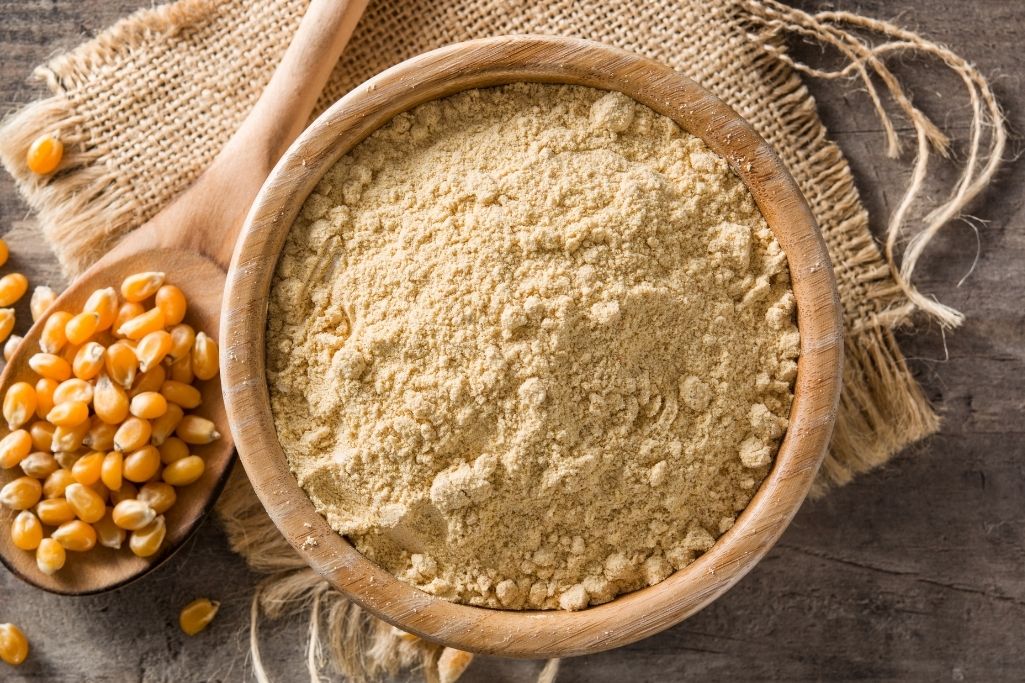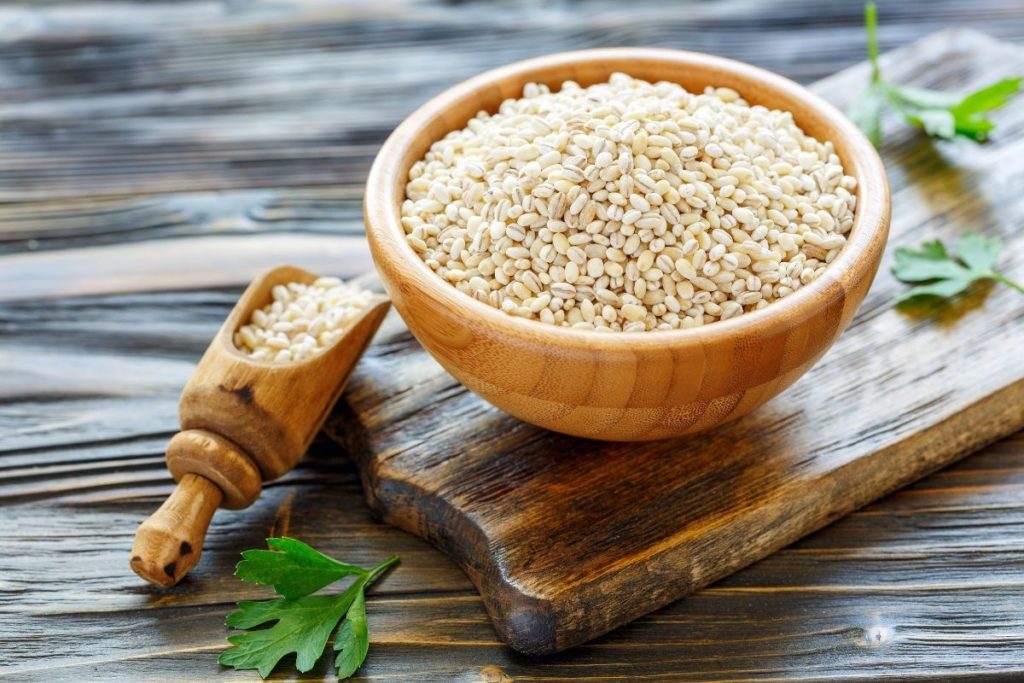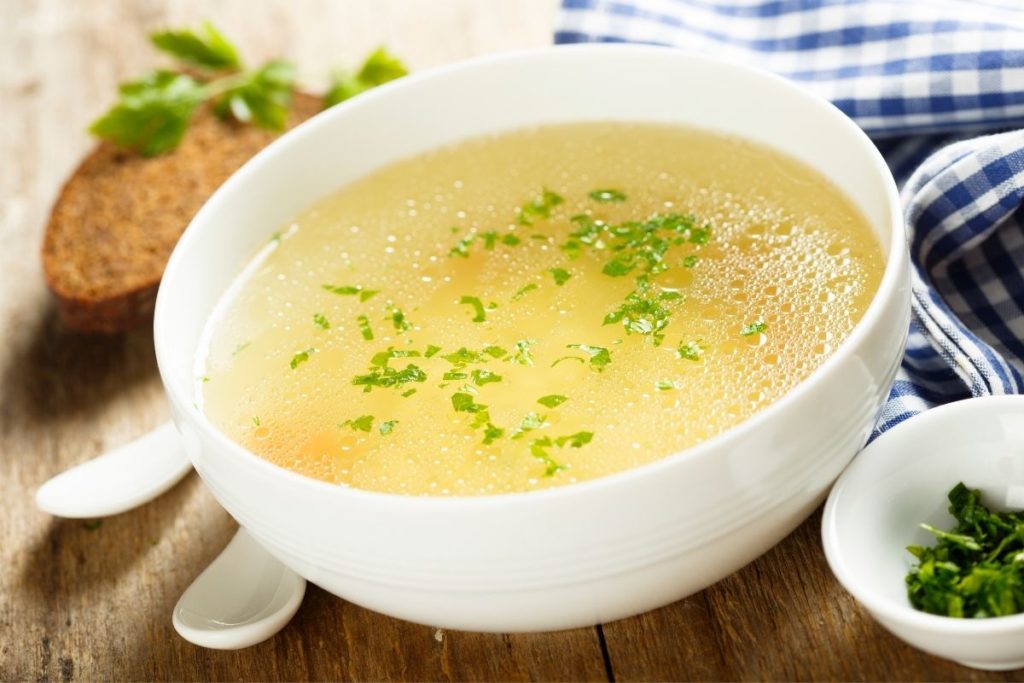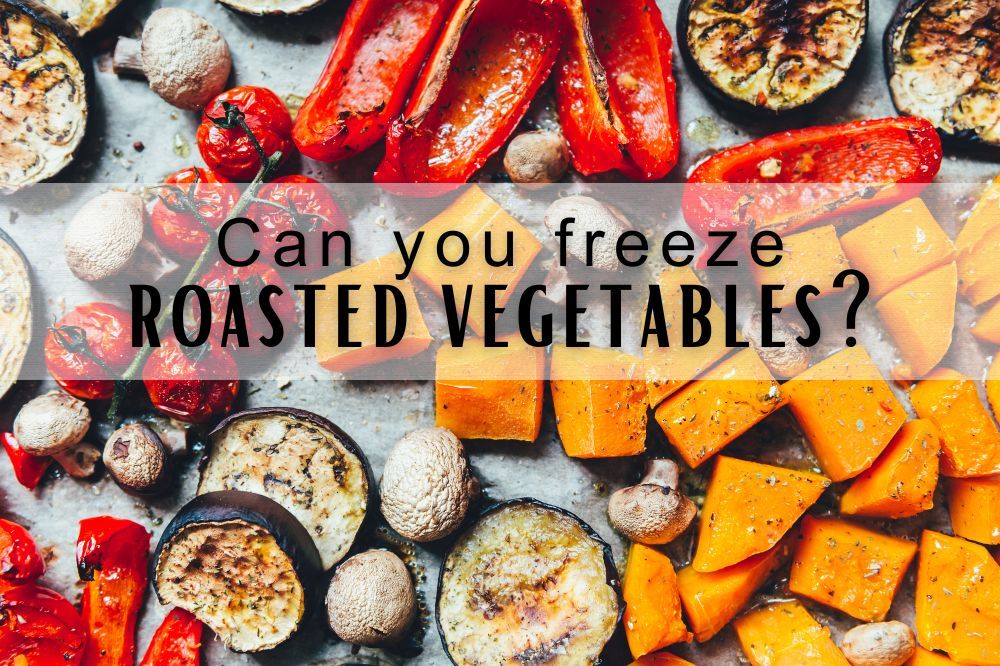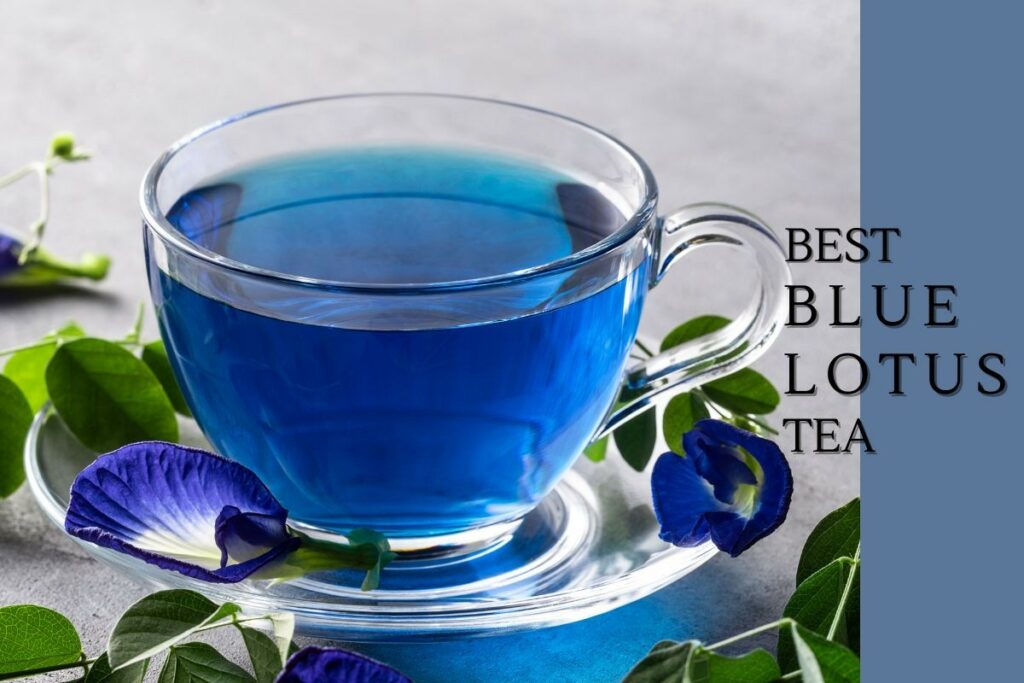5 Best Canned Oyster Brands (Updated 2024)
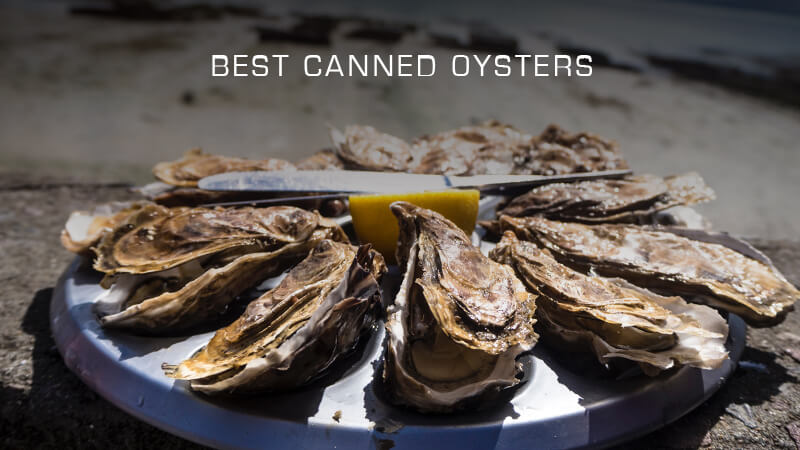
A love of seafood can be triggered by fresh and raw seafood found in restaurants and markets. Oysters are among the most loved seafood because of their unique taste profile and nutritional value. Although some people don’t have access to fresh oysters, there are canned oysters available at supermarkets.
Oysters are eaten raw, cooked, and baked. Depending on the recipe, they are mostly springy in texture but plump. When eaten raw, some people love adding lemon to give a zing to the taste buds. If you are cooking, you can use the canned variety because it is cheaper yet guaranteed safe for consumption.
In this article, we are going to explore the best-canned oysters available on the market. Additionally, we are going to explore the nutritional value of oysters and the best recipes to try using the canned variety. Read on to find out more.
Best Canned Oyster Brands
If you are in the mood to eat oysters, you can find them in supermarkets. Here are the best ones to choose from:
-
Crown Prince Natural Smoked Oysters in Pure Olive Oil
Because this type is drenched in pure olive oil, it is healthier compared to others. The flavor is fairly bland with a hint of rich wood flavor. The 3-ounce can is best used for pizza, sandwiches, or pasta dishes. This product has no GMO, or BPA, and is gluten-free.
-
Reese Large Smoked Oysters
For a distinct smokiness, you can opt for Reese Large Smoked Oysters. They are stored in cottonseed oil and contain larger oysters than others. One pack contains 3 to 7 ounces of high-quality oysters.
-
Geisha Fancy Smoked Oysters in Sunflower Oil
This product is also one of the best on the market. The flavor from the sunflower oil gives a salty yet delicious taste to the oysters. Even if not cooked, this product tastes great, as if it is melting in your mouth. There is a water counterpart as well, but the sunflower oil variety is better, plus it contains a more nutritional value.
-
Pampa Smoked Oysters in Sunflower Oil
Another natural oyster handpicked from the farm is Pampa Smoked Oysters in Sunflower Oil. It is a Chinese brand with a powerful smoky flavor. Because it is preserved in sunflower oil, it has a distinct nutty flavor but is rich in texture. What makes this product special is it has no shell cuts in the tin.
-
MW Polar Seafood Boiled Oyster
This one is harvested in the waters of Korea. It is handpicked too, sterilized, and rich in iron. For the taste, it can have a slightly salty flavor, but overall, it is good. Since it is boiled, it comes out of the can softer, which is a plus. Overall, it is ideal for meals that need seafood.
Frequently Asked Questions:
What Types of Oysters are Edible?
As you’ve likely noticed, oysters are enclosed by hard shells, like those of clams and mussels. This is because oysters also belong to the mollusks species, which are soft-bodied and partly enclosed by a calcium carbonate shell.
You might think that edible oysters produce pearls, however, the pearl-producing mollusk is different.
There are a lot of varieties of edible oysters and researchers even believe that there are 15,000 species of clams, mussels, scallops, and oysters. However, the most common ones you’ll find are Pacific, Chilean, and Eastern oysters.
In the United States, five different species of oysters are available for consumption. These are Pacific or Crassostrea Gigas, Eastern or Crassostrea Virginica, Kumamoto or Crassostrea Sikamea, European Flat or Ostrea Edulis, and Olympia or Ostrea Conchaphila.
The first variety, Pacific oysters, is cheaper compared to the rest. They comprise 97 percent of oyster production in the world. This type of species is resistant to disease and grows up to four to six inches in two to four years.
The meat has a black mantle with creamy notes. Pacific oysters originated from Japan, but are now very common worldwide.
Out of all the edible varieties, the Kumamoto is one of the best when eaten raw. Although the size is a bit smaller than the Pacific, it has a sweet taste comparable to a melon. The best part is the non-fishiness in the taste, making it a staple food while drinking wines. Kumamoto originated from Japan’s Kumamoto prefecture.
How Different are Canned Oysters?
Canned oysters are still oysters, generally the Pacific variety, and stored in oil or water with preservatives. They have lots of antioxidants that reduce lipoprotein, which is bad cholesterol.
The only difference between canned and what you can buy from the market is the freshness. Since canned oysters are packed, they aren’t as fresh as what you can find in the store. However, they are safe to consume and still good quality.
Canned seafood has a shelf life of at least a year, and once opened, you should store the unused oysters in the refrigerator. Unused oysters must be consumed within two days or they will spoil.
Do You Need to Cook Canned Oysters?
Most canned goods can be eaten right out of the can unless they’re made for cooking. For canned oysters, you can eat them as is or cook them. Either way, you need to assess the quality before consuming them. Check the label to see the shelf life of the product.
What is the Nutritional Value of Canned Oysters?
Canned oysters are rich in protein, vitamin C, and Omega-3 Fatty Acids. Per one hundred grams, you can get approximately seven grams of protein and 672 mg of Omega-3 Fatty Acids. In addition, eating the canned variety gives you zinc, Vitamin D, Vitamin B12, and Copper.
The latter nutrient helps maintain healthy bones, tissues, and organs. In addition, zinc can reduce the risk of cardiovascular diseases. Omega-3 Fatty Acids also decrease bad cholesterol, which causes heart ailments.
Consuming an adequate amount can be beneficial for the body; however, going overboard can also produce side effects. These side effects are caused by eating too many oysters and improperly cooking oysters. Raw oysters can carry a bacterial strain called Vibrio. Vibriosis is a serious illness that can kill a person if untreated. Food poisoning is also common if raw oysters aren’t prepared properly.
The canned variety is safer because they are already cleaned and treated. However, it is still best to check the quality before serving at home.
Do Canned Oysters Lose Nutrients?
The truth is, canned oysters have almost the same nutrients as raw or fresh ones. The canned variety is only higher in calories and fat compared to fresh oysters. In fact, a one-cup serving of canned oysters contains about 169 calories, with 17.5 grams of protein and 6 grams of fat.
Another distinction is the amount of sodium. Oysters are known to be rich in sodium, but canned varieties contain even more sodium. Hence, consuming in high quantities may not be good.
Bottom Line
Canned oysters have an incredible nutritional value comparable to the raw or fresh variety. They can be eaten raw or added to meals. If you are craving oysters, give the canned variety a try to tell the difference.
Print5 Best Canned Oysters
Check out this list of the best Canned Oysters to try!
Ingredients
Instructions
- Pick your favorite flavor
- Click on the link to visit Pinterest
- Buy items from your local store or online
- Enjoy and share on social media!
you may also like
well hello there!

Hi, I'm Linda thanks for stopping by! We're so happy you're here. If you're a foodie and love to cook from home - you're in the right place..
LEARN MORE
free newsletter
Join the mailing list and receive our free newsletter!
recent posts
let's be social
search site
Recipe Marker
Recipe Marker provides you with the best information about home cooking tips, recipes, ingredient substitutes and more. Check out our blog to see the latest articles.
Copyright © 2024 Recipemarker.com | All Rights Reserved | Privacy | Disclaimer | Contact




